 |
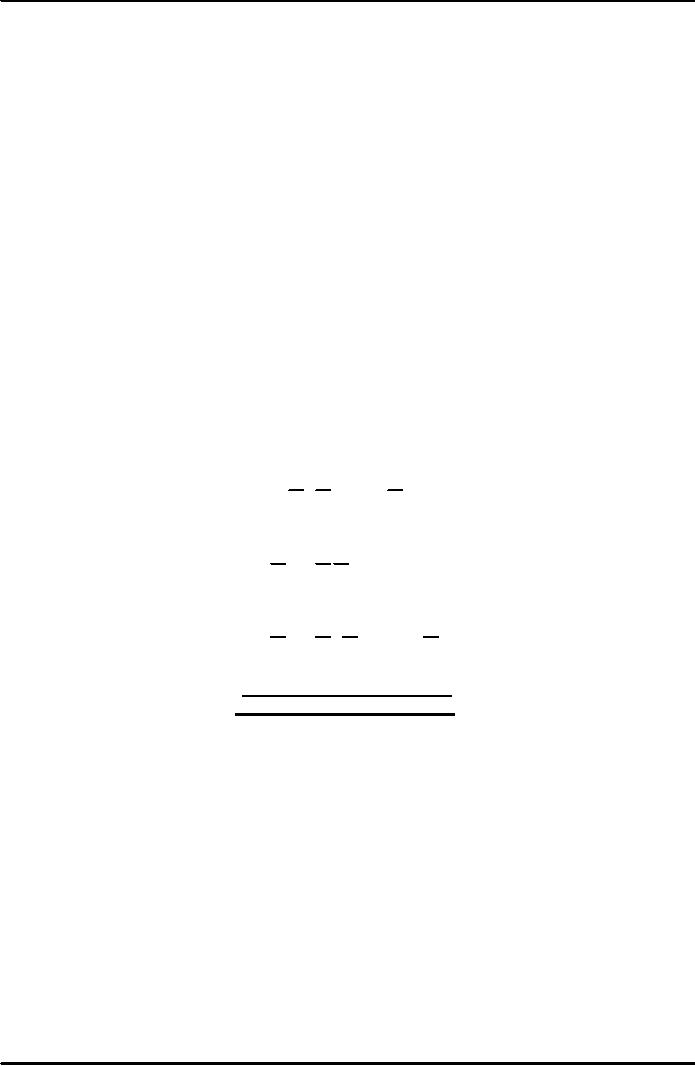
Macroeconomics
ECO 403
VU
LESSON
09
NATIONAL
INCOME: WHERE IT COMES FROM AND WHERE IT
GOES
(Continued...)
Government
spending, G
�
G
includes government spending on
goods and services.
�
G
excludes transfer
payments
�
Assume
government spending and
total taxes are
exogenous:
The
market for goods &
services
Summarizing
the Discussion so
far:
Y=C+I+G
C
= C(Y - T)
I
= I(r)
G=G
T=T
Market
for goods &
services
Agg.
Demand:
C(Y
- T) + I(r) + G
Agg.
Supply:
Y
= F(K, L)
Equilibrium:
Y
= C(Y - T) + I (r) + G
The
real interest rate
adjusts
to
equate demand with
supply.
The
loanable funds
market
A
simple supply-demand model of
the financial system.
One
asset:
"loanable
funds"
demand
for funds:
investment
supply
of funds: saving
"price"
of funds:
real
interest rate
27
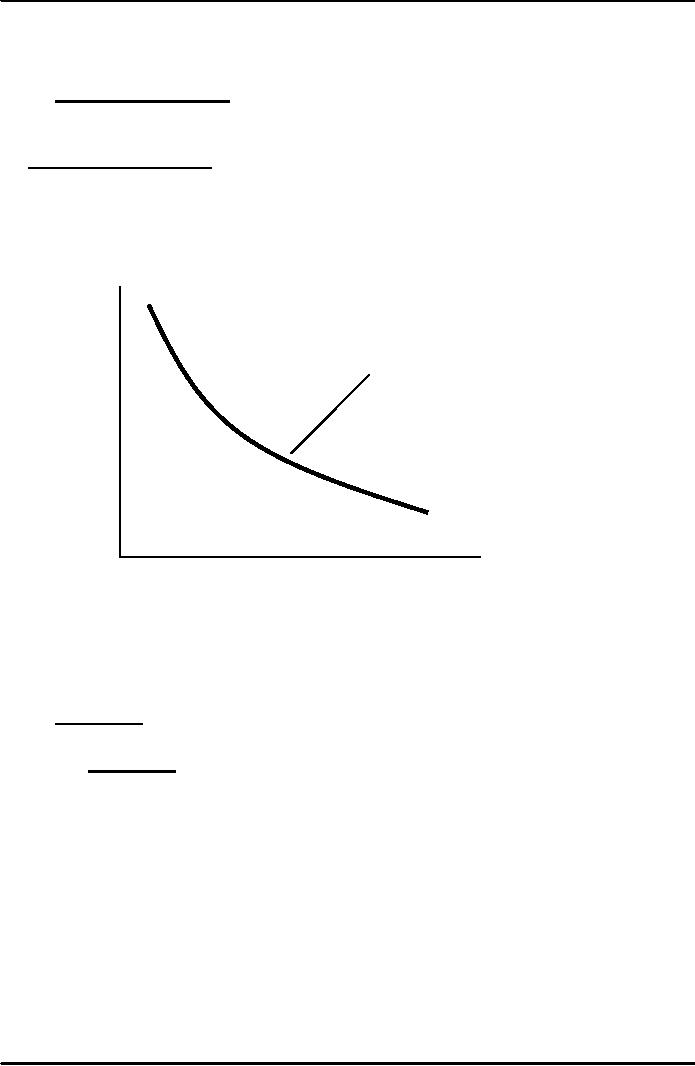
Macroeconomics
ECO 403
VU
Demand
for funds:
Investment
The
demand for loanable
funds:
�
Comes
from investment:
Firms
borrow to finance spending on
plant & equipment, new
office buildings,
etc.
Consumers
borrow to buy new
houses.
�
Depends
negatively on r , the "price" of
loanable funds (the cost of
borrowing).
Loanable
funds demand
curve
r
The
investment curve is also
the
demand
curve for loanable
funds.
I
(r)
I
Supply
of funds: Saving
The
supply of loanable funds
comes from saving:
�
Households
use their saving to make
bank deposits, purchase
bonds and other
assets.
These
funds become available to
firms to borrow to finance
investment spending.
�
The
government may also
contribute to saving if it does
not spend all of the
tax
revenue
it receives.
Types
of saving
�
Private
saving = (Y T) C
�
Public
saving =
TG
�
National
saving,
S
=
private saving + public
saving
=
(Y T) C + T G
=
Y
C G
28
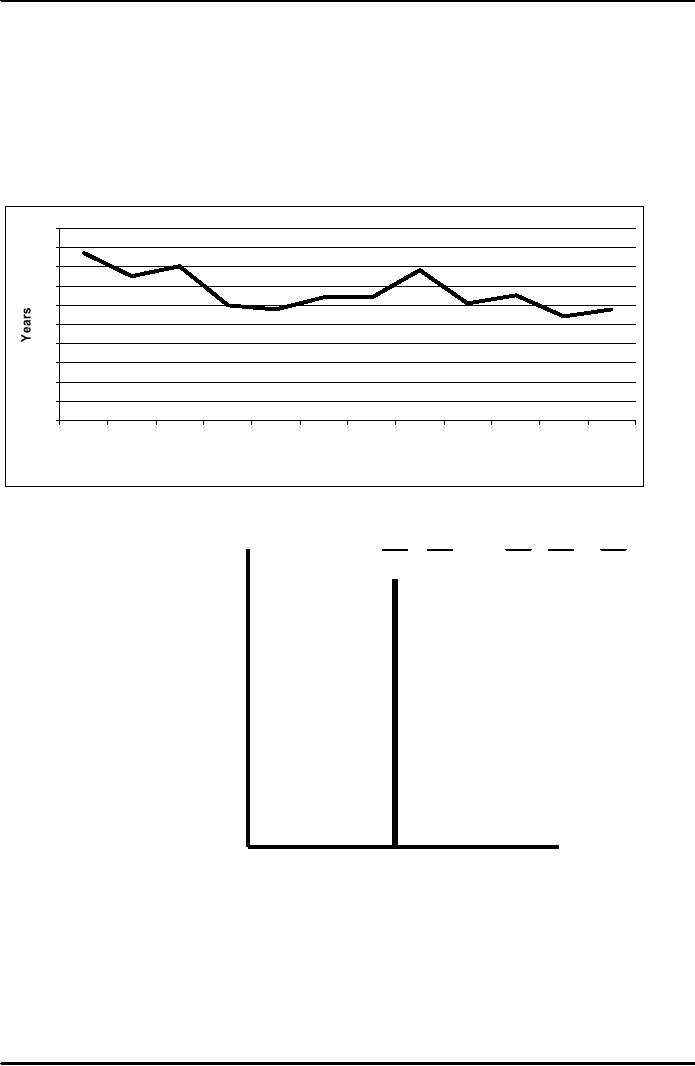
Macroeconomics
ECO 403
VU
Digression:
Budget
surpluses and
deficits
�
When
T > G,
budget
surplus = (T
G)
= public saving
�
When
T <
G,
budget
deficit = (G
T)
and public saving is
negative.
�
When
T =
G,
budget is balanced and
public saving = 0.
Budget
Deficit of Pakistan
(as
% of GDP)
10
9
8
7
6
5
4
3
2
1
0
1990-91
1991-92 1992-93 1993-94
1994-95 1995-96 1996-97
1997-98 1998-99 1999-00
2000-01 2001-02
%
Loanable
funds supply
curve
r
S
= Y C(Y - T) - G
National
saving does
not
depend on r,
so
the supply curve is
vertical.
S,
I
29
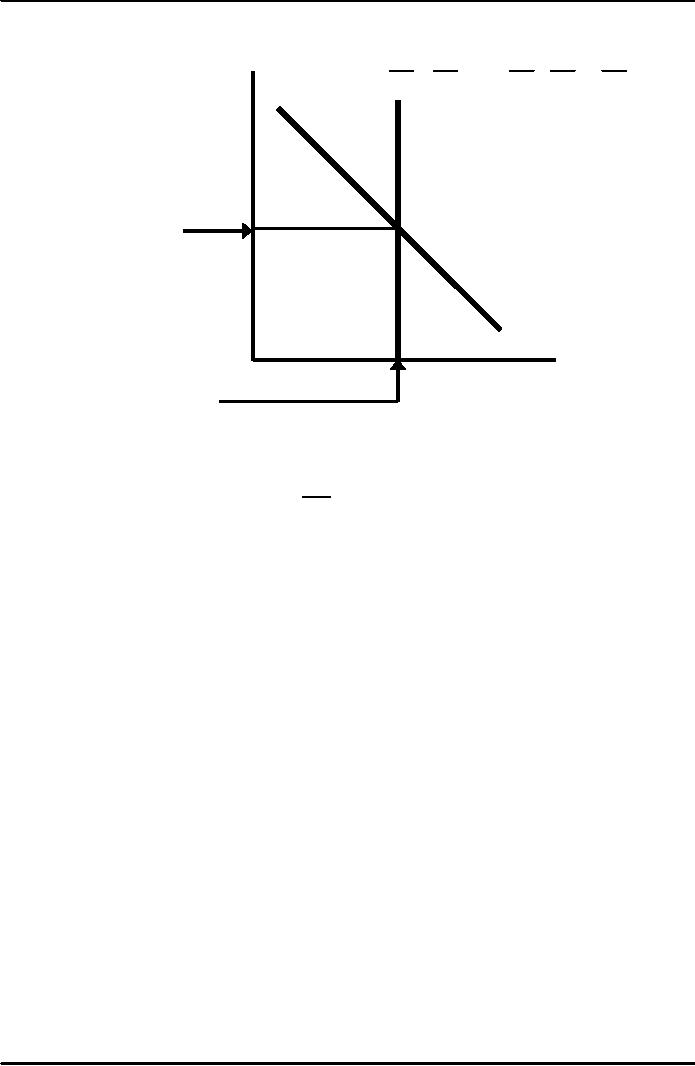
Macroeconomics
ECO 403
VU
Loanable
funds market
equilibrium
r
S
= Y C(Y - T) - G
Equilibrium
real
interest
rate
I
(r )
S,
I
Equilibrium
level of
investment
The
special role of r
r
adjusts to equilibrate the
goods market and the
loanable funds market
simultaneously:
If
L.F. market in equilibrium,
then
S=I
(Y
C
G) =
I
Rewriting
as:
Y
= C + I + G (goods market
equilibrium)
Thus,
Equilibrium
in Loanable funds
Market
Equilibrium
in goods Market
Digression:
mastering models
To
learn a model well, be sure
to know:
1.
Which of its variables are
endogenous and which are
exogenous.
2.
For each curve in the
diagram, know
definition
intuition
for slope
all
the things that can
shift the curve
3.
Use the model to analyze
the effects of each item in
2c.
30
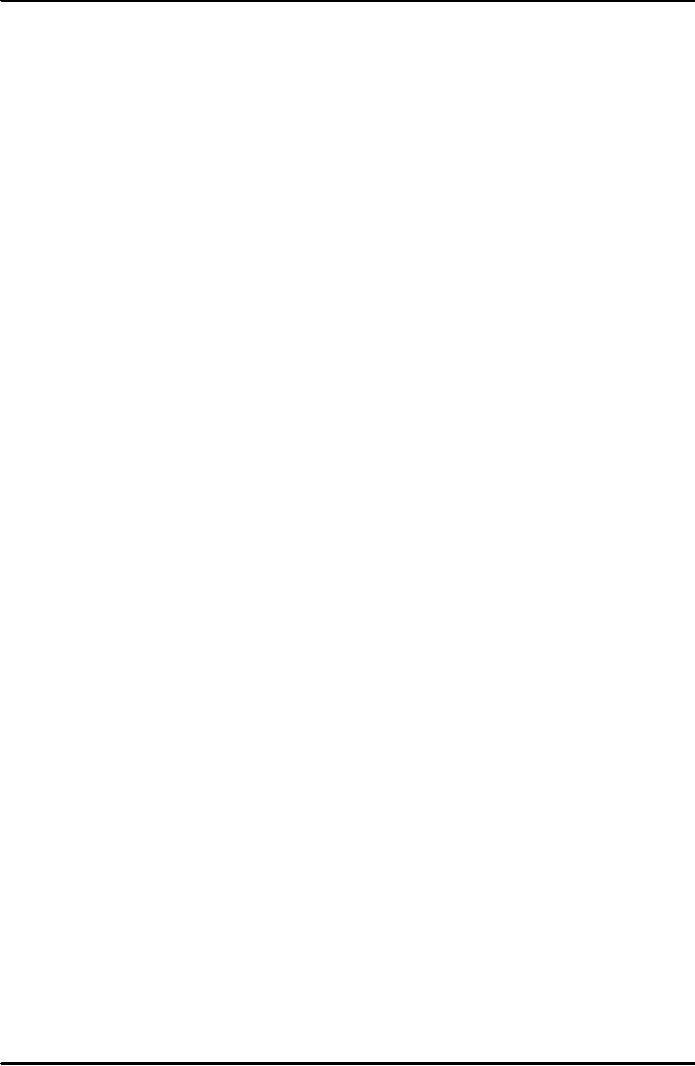
Macroeconomics
ECO 403
VU
Mastering
the loanable funds
model
1.
Things that shift the
saving curve
�
Public
saving
�
Fiscal
policy: changes in G or T
�
Private
saving
�
Preferences
�
Tax
laws that affect
saving
Now
you try...
�
Draw
the diagram for the
loanable funds model.
�
Suppose
the tax laws are
altered to provide more
incentives for private
saving.
�
What
happens to the interest rate
and investment?
�
(Assume
that T doesn't
change)
31
Table of Contents:
- INTRODUCTION:COURSE DESCRIPTION, TEN PRINCIPLES OF ECONOMICS
- PRINCIPLE OF MACROECONOMICS:People Face Tradeoffs
- IMPORTANCE OF MACROECONOMICS:Interest rates and rental payments
- THE DATA OF MACROECONOMICS:Rules for computing GDP
- THE DATA OF MACROECONOMICS (Continued…):Components of Expenditures
- THE DATA OF MACROECONOMICS (Continued…):How to construct the CPI
- NATIONAL INCOME: WHERE IT COMES FROM AND WHERE IT GOES
- NATIONAL INCOME: WHERE IT COMES FROM AND WHERE IT GOES (Continued…)
- NATIONAL INCOME: WHERE IT COMES FROM AND WHERE IT GOES (Continued…)
- NATIONAL INCOME: WHERE IT COMES FROM AND WHERE IT GOES (Continued…)
- MONEY AND INFLATION:The Quantity Equation, Inflation and interest rates
- MONEY AND INFLATION (Continued…):Money demand and the nominal interest rate
- MONEY AND INFLATION (Continued…):Costs of expected inflation:
- MONEY AND INFLATION (Continued…):The Classical Dichotomy
- OPEN ECONOMY:Three experiments, The nominal exchange rate
- OPEN ECONOMY (Continued…):The Determinants of the Nominal Exchange Rate
- OPEN ECONOMY (Continued…):A first model of the natural rate
- ISSUES IN UNEMPLOYMENT:Public Policy and Job Search
- ECONOMIC GROWTH:THE SOLOW MODEL, Saving and investment
- ECONOMIC GROWTH (Continued…):The Steady State
- ECONOMIC GROWTH (Continued…):The Golden Rule Capital Stock
- ECONOMIC GROWTH (Continued…):The Golden Rule, Policies to promote growth
- ECONOMIC GROWTH (Continued…):Possible problems with industrial policy
- AGGREGATE DEMAND AND AGGREGATE SUPPLY:When prices are sticky
- AGGREGATE DEMAND AND AGGREGATE SUPPLY (Continued…):
- AGGREGATE DEMAND AND AGGREGATE SUPPLY (Continued…):
- AGGREGATE DEMAND AND AGGREGATE SUPPLY (Continued…)
- AGGREGATE DEMAND AND AGGREGATE SUPPLY (Continued…)
- AGGREGATE DEMAND AND AGGREGATE SUPPLY (Continued…)
- AGGREGATE DEMAND IN THE OPEN ECONOMY:Lessons about fiscal policy
- AGGREGATE DEMAND IN THE OPEN ECONOMY(Continued…):Fixed exchange rates
- AGGREGATE DEMAND IN THE OPEN ECONOMY (Continued…):Why income might not rise
- AGGREGATE SUPPLY:The sticky-price model
- AGGREGATE SUPPLY (Continued…):Deriving the Phillips Curve from SRAS
- GOVERNMENT DEBT:Permanent Debt, Floating Debt, Unfunded Debts
- GOVERNMENT DEBT (Continued…):Starting with too little capital,
- CONSUMPTION:Secular Stagnation and Simon Kuznets
- CONSUMPTION (Continued…):Consumer Preferences, Constraints on Borrowings
- CONSUMPTION (Continued…):The Life-cycle Consumption Function
- INVESTMENT:The Rental Price of Capital, The Cost of Capital
- INVESTMENT (Continued…):The Determinants of Investment
- INVESTMENT (Continued…):Financing Constraints, Residential Investment
- INVESTMENT (Continued…):Inventories and the Real Interest Rate
- MONEY:Money Supply, Fractional Reserve Banking,
- MONEY (Continued…):Three Instruments of Money Supply, Money Demand